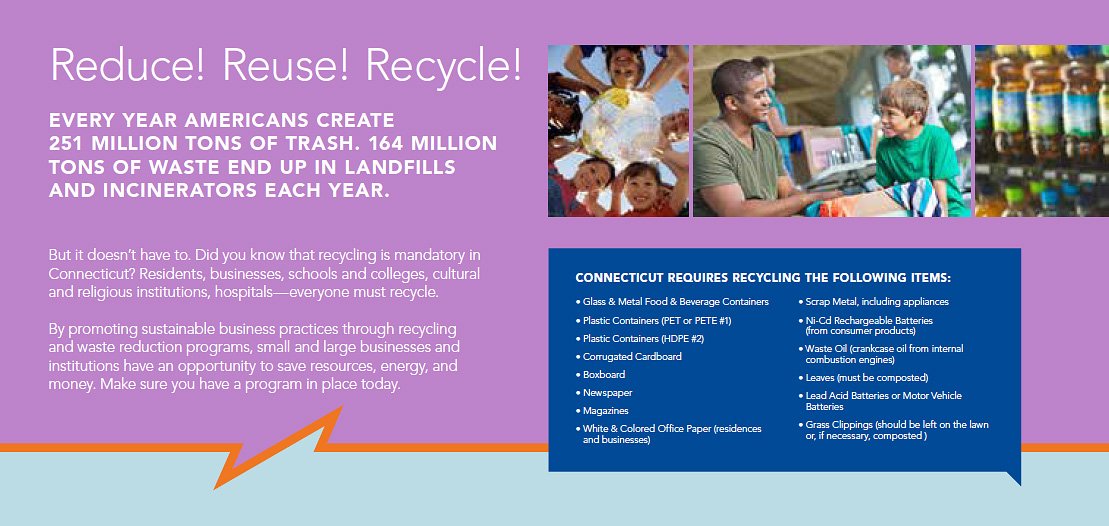-

Make a difference in your community
Whether walking to work, renovating your house, joining a community task force, or participating in a school Green Team, you too can make a difference
-

What can you do?
Establishing a cleaner energy future is integrally linked with the way
we live and communicate; the way we organize our towns; nurture
and manage resources; build, heat and cool our homes; earn a
living; and travel around and between our communities.
How can you help make your community a great place to live:
a place that is safe, attractive, healthy, thriving and accessible to
people of all ages and socio-economic class?
Is your community
a clean energy community?
Cities and towns have joined the charge toward
energy efficiency and clean, renewable energy.
Many communities have created energy task forces
or committees to lead the way. Find out more
in the Resource Center!
Explore the case studies on the next few slides to learn what people
just like you are doing to reduce the energy footprint
of their communities.
-

Reduce! Reuse! Recycle!
Every year Americans create
251 million tons of trash. 164 million tons of waste end up in landfills
and incinerators each year.
But it doesn't have to. Did you know that recycling is mandatory in
Connecticut? Residents, businesses, schools and colleges, cultural
and religious institutions, hospitals — everyone must recycle.
By promoting sustainable business practices through recycling
and waste reduction programs, small and large businesses and
institutions have an opportunity to save resources, energy, and
money. Make sure you have a program in place today.
Connecticut requires recycling for the following items:
- Glass & Metal Food & Beverage Containers
- Plastic Containers (PET or PETE #1)
- Plastic Containers (HDPE #2)
- Corrugated Cardboard
- Boxboard
- Newspaper
- Magazines
- White & Colored Office Paper (residences
and businesses)
- Scrap Metal, including appliances
- Ni-Cd Rechargeable Batteries
(from consumer products)
- Waste Oil (crankcase oil from internal
combustion engines)
- Leaves (must be composted)
- Lead Acid Batteries or Motor Vehicle
Batteries
- Grass Clippings (should be left on the lawn
or, if necessary, composted )
-

The dirt on composting
Organic materials are a valuable resource, not waste. One way to divert waste is by composting.
Keeping food scraps, yard trimmings and grass out of the
waste stream lowers disposal costs, returns valuable nutrients
to the soil, and reduces the need for chemical fertilizers, which
decreases non-point source pollution.
Be on the lookout for statewide food scrap recycling programs
for commercial and institutional generators of organics, such
as grocery stores, food processors, and universities. Also
watch for manufacturing facilities to turn those organics into
compost products, clean energy, animal feed, and liquid
organic fertilizer.
Let's reach Connecticut's goal of recovering 58% of our municipal solid waste through waste reduction, reuse, recycling, and composting by 2024.
-

Cars and trucks, bikes and...feet
The transportation sector accounts for
32% of the state's total energy consumption
and produces roughly 40% of the state's
greenhouse gas emissions.
Connecticut's three and a half million residents and economic
activities depend on a transportation system that provides
the foundation for the state's economy, quality of life, and the
character of our communities.
A sustainable transportation energy future requires significant
refinements to our system in order to expand mobility options
to citizens and businesses, and ensure that the state achieves
its greenhouse gas emissions goals.
planned enhancements aim to:
- Encourage transport-oriented development that
expands bikeways, walking paths, and other quality
of life investments.
- Reduce road congestion, improve air quality, and promote
economic growth and job creation.
- Invest in a clean fuels/vehicles initiative that will
ensure the basic infrastructure needed for vehicle
choice, including public electric vehicle charging
stations, Liquefied Natural Gas stations, and
hydrogen filling stations.
Did you know that investing
in bike lanes saves more than dollars?
For every dollar spent on better bike lanes, cities can
expect between $6 and $24 in cost savings. These savings
are due to reduced pollution and traffic congestion (from
fewer cars on the road), fewer traffic fatalities and lowered
health care costs (from the benefits of regular exercise).






